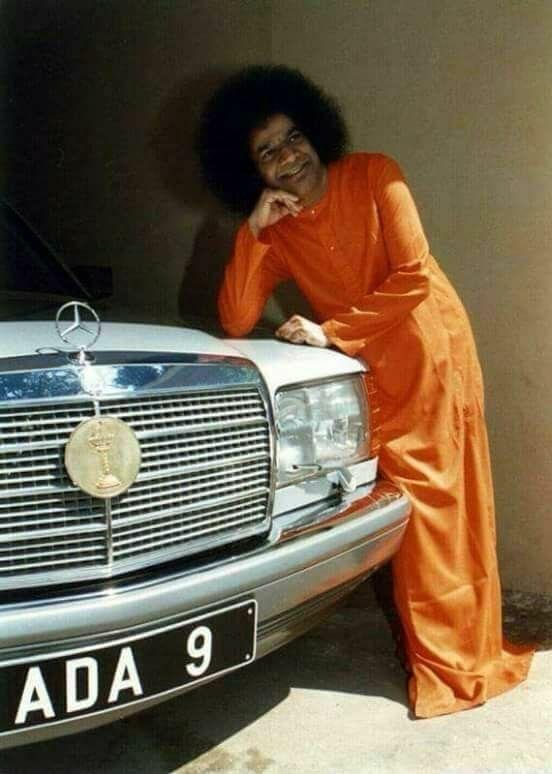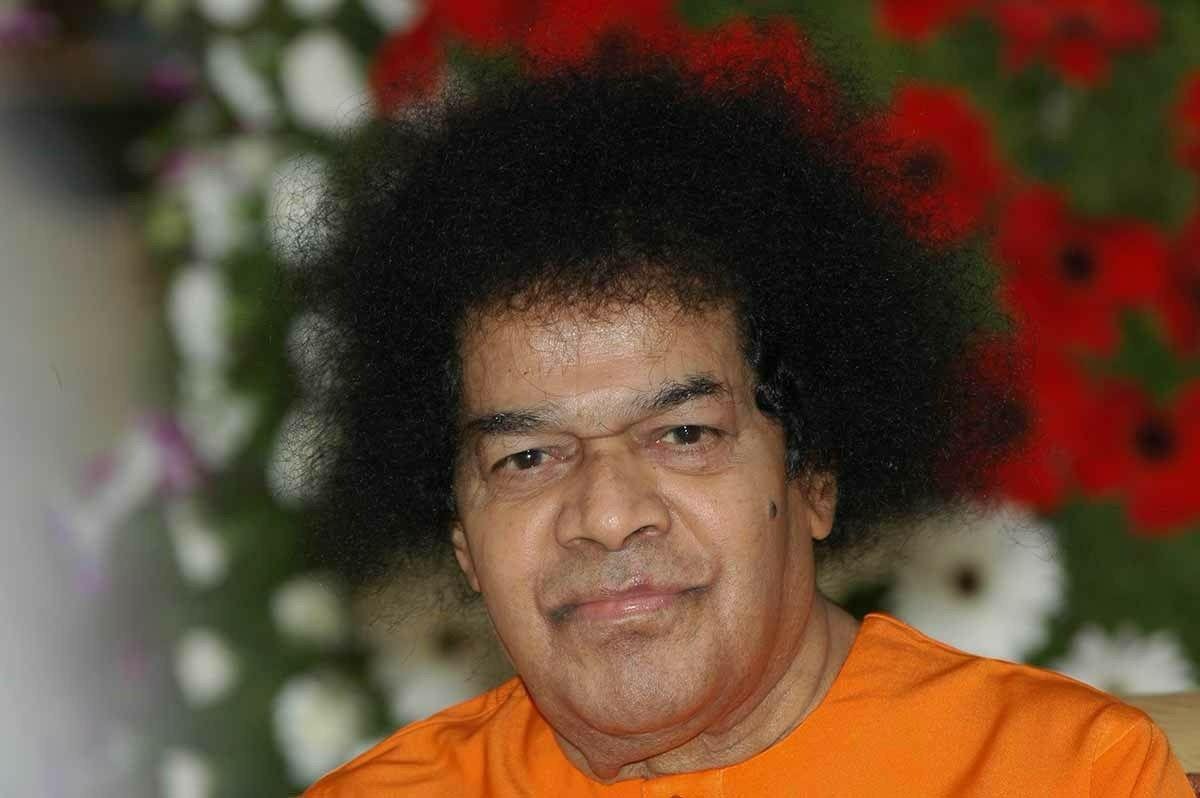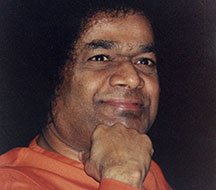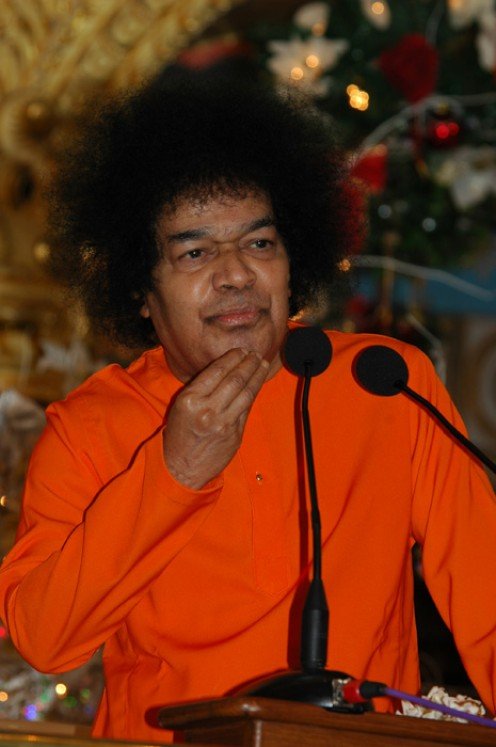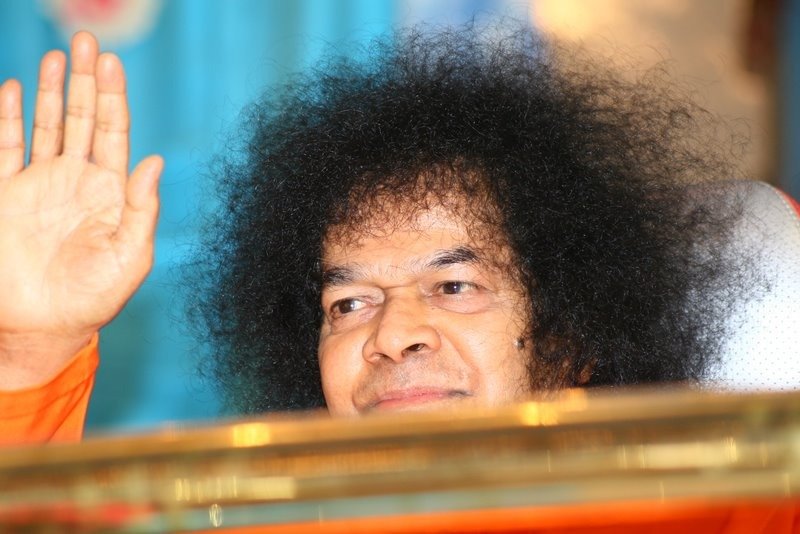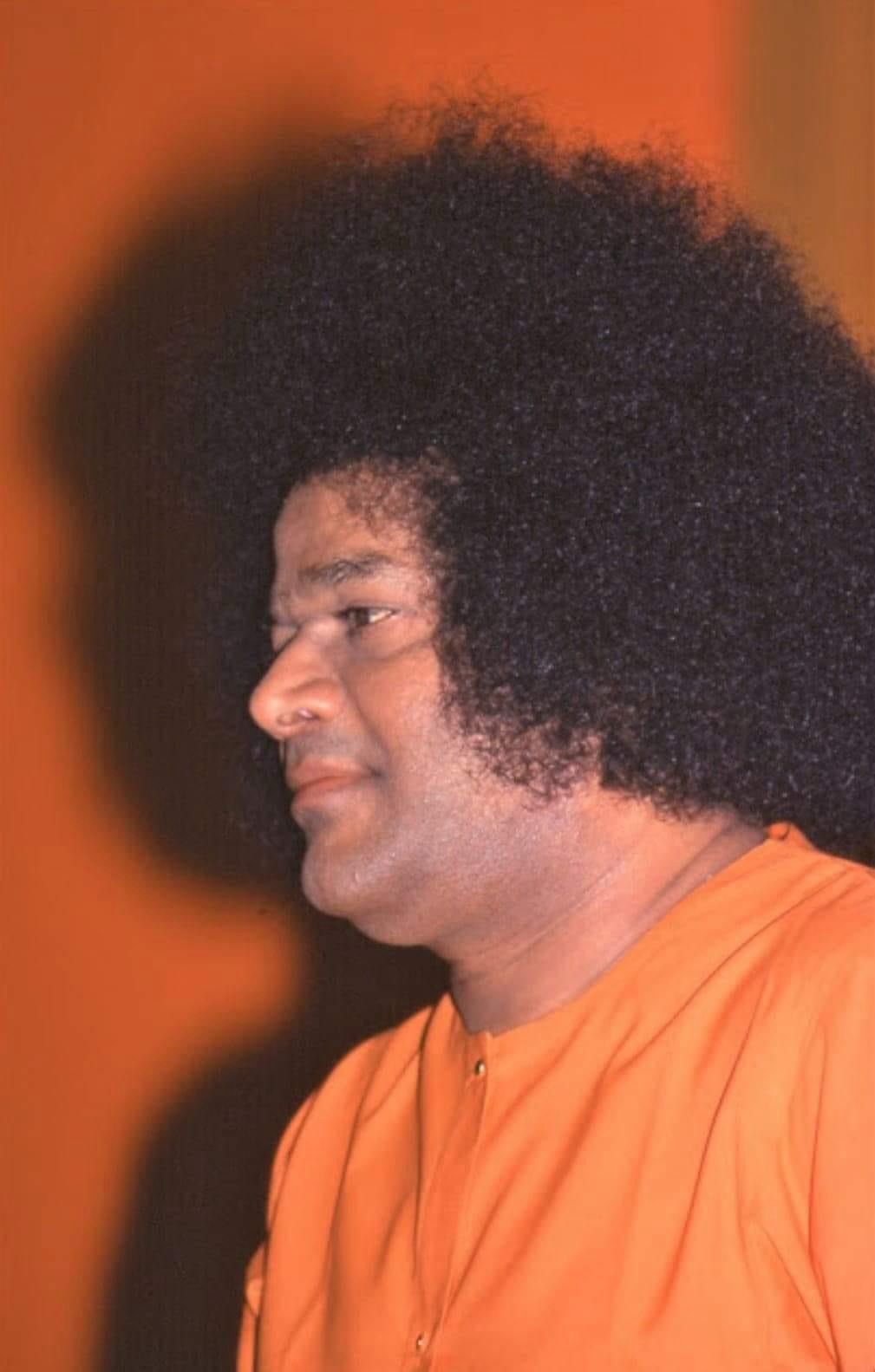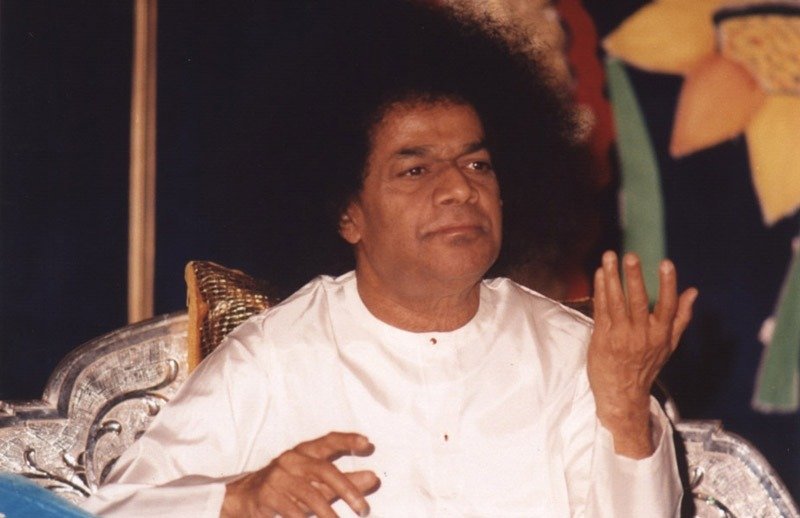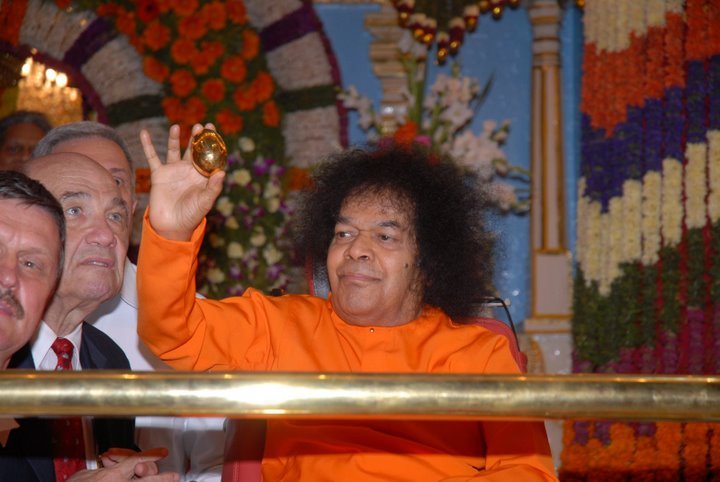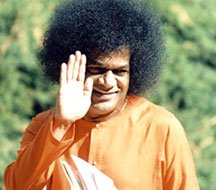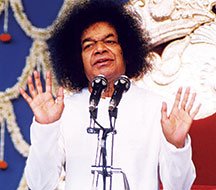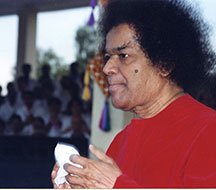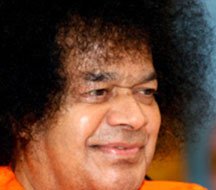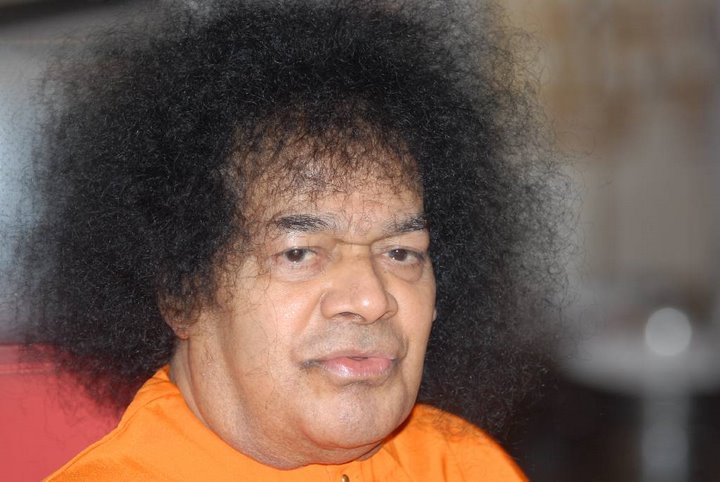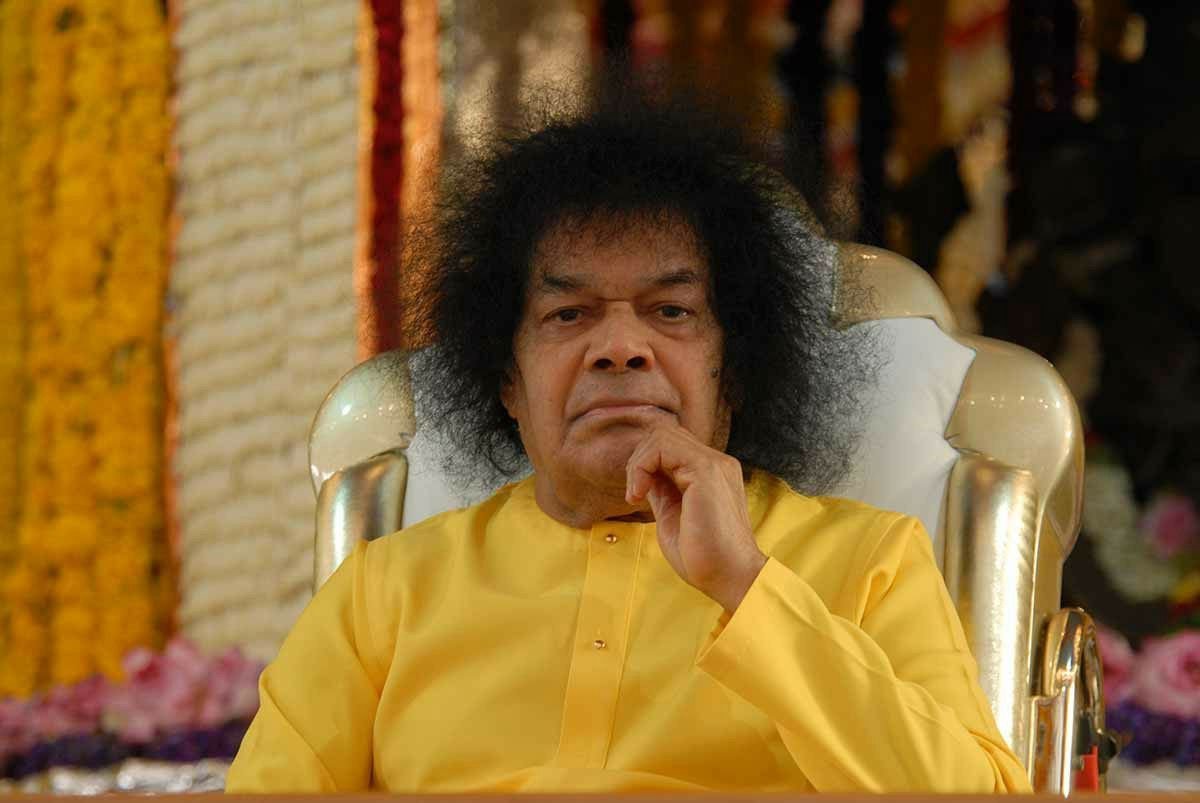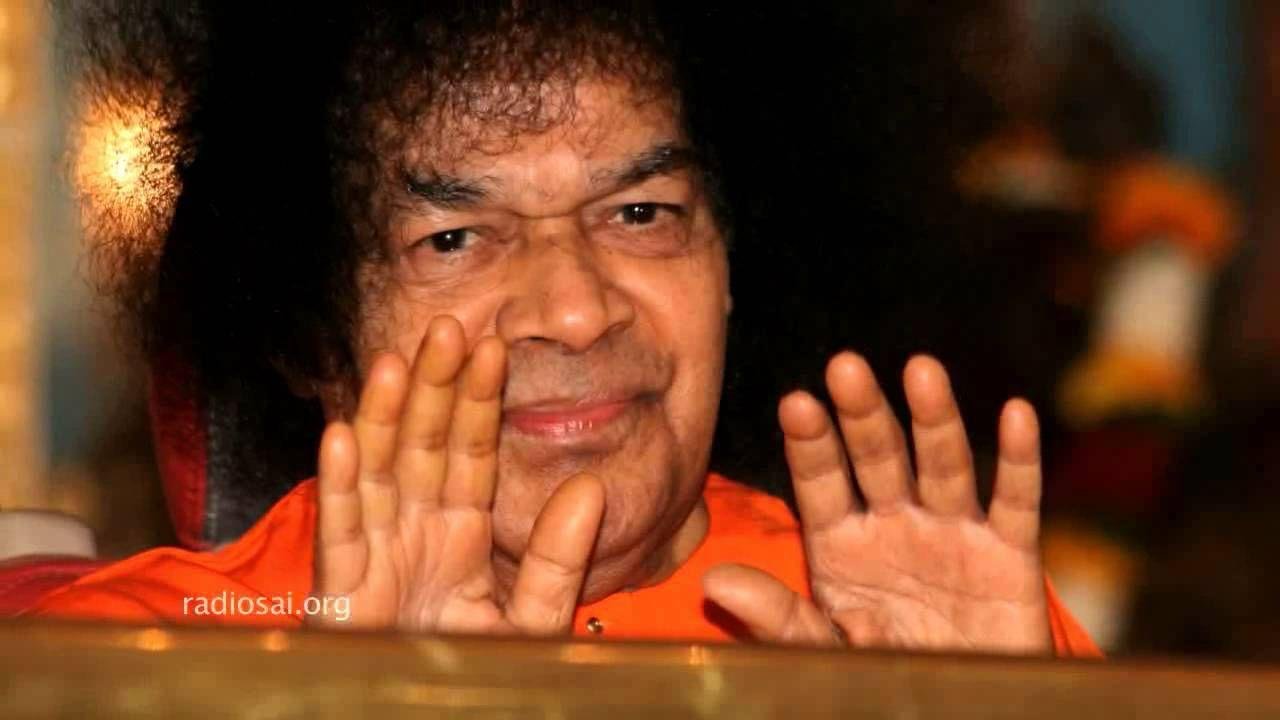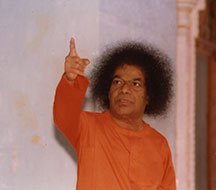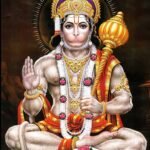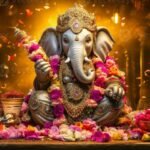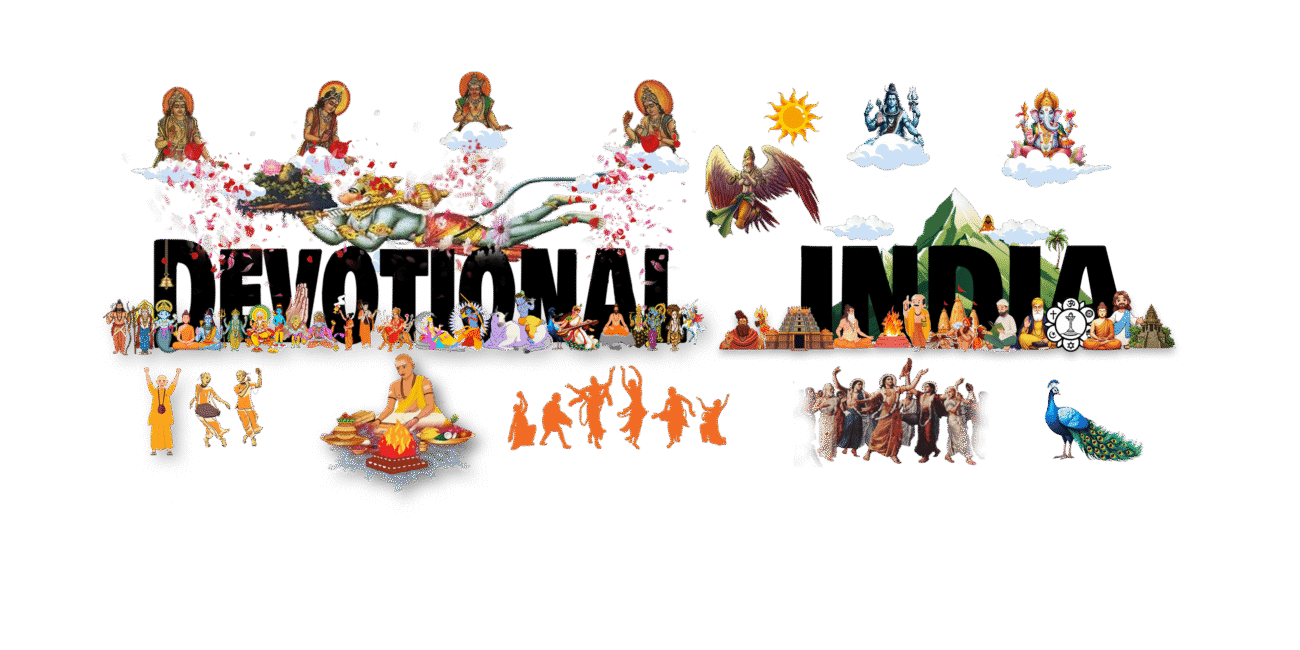Shri Aurobindo

Shri Aurobindo.
Born in Kolkata on August 15, 1872, Aurobindo Ghose was sent to England for his education. He studied at King’s College, Cambridge, where he excelled in academics but remained deeply connected to India’s plight under British rule.
Upon returning to India, he became an active participant in the Indian independence movement, advocating for complete self-rule. His writings in publications like Bande Mataram and Karmayogin made him a significant voice in India’s struggle for freedom.
However, a deeper transformation was awaiting him.
Shri Aurobindo’s life took a dramatic turn during his imprisonment in Alipore Jail in 1908. In solitude, he experienced profound spiritual realizations that convinced him of a higher divine purpose for humanity.
After his release, he withdrew from politics and settled in Pondicherry, where he fully dedicated himself to spiritual practice. Here, he developed Integral Yoga, a system that integrates spirituality into all aspects of life.
Shri Aurobindo’s Most Influential Works.
1. The Life Divine
A philosophical masterpiece, The Life Divine explores the evolution of consciousness, proposing that humanity is destined to rise beyond its current limitations into a higher, divine existence.
2. Savitri – An Epic Poem of Spiritual Realization
Shri Aurobindo’s poetic work Savitri is a spiritual epic that depicts the eternal battle between life and death, symbolizing the soul’s journey toward enlightenment.
3. Essays on the Gita
A profound interpretation of the Bhagavad Gita, these essays present a vision of divine action and selfless service in the world.
Shri Aurobindo Ashram & Auroville: Living His Vision
To further his teachings, Shri Aurobindo Ashram was established in Pondicherry, later guided by The Mother (Mirra Alfassa), his spiritual collaborator.
In 1968, Auroville was founded as an international township embodying human unity and collective evolution—a living experiment of his philosophy.

The next step of the evolution must be towards the development of Supermind and Spirit as the dominant power in the conscious being. For only then will the involved Divinity in things release itself entirely and it become possible for life to manifest perfection.

Sri Aurobindo’s Teaching and Spiritual Method.
Sri Aurobindo’s advanced world vision, the backbone of Auroville, takes one into wider areas relating to the self, and to life. The spiritual path – or sadhana – as developed by him, works with a combination of a voluntarily adopted psychological discipline and various yogic practices. Already a century ago he declared “All life is Yoga”. The text below was written by Sri Aurobindo himself, in 1934.
Sri Aurobindo’s teaching and method of Sadhana
The teaching of Sri Aurobindo starts from that of the ancient sages of India that behind the appearances of the universe there is the Reality of a Being and Consciousness, a Self of all things, one and eternal. All beings are united in that One Self and Spirit but divided by a certain separativity of consciousness, an ignorance of their true Self and Reality in the mind, life and body. It is possible by a certain psychological discipline to remove this veil of separative consciousness and become aware of the true Self, the Divinity within us and all.
But while the former steps in evolution were taken by Nature without a conscious will in the plant and animal life, in humans Nature becomes able to evolve by a conscious will in the instrument. It is not, however, by the mental will that this can be wholly done, for the mind goes only to a certain point and after that can only move in a circle. A conversion has to be made, a turning of the consciousness by which the mind has to change into the higher principle. This method is to be found through the ancient psychological discipline and practice of Yoga.
The psychological discipline of Yoga can be used to that end by opening all the parts of the being to a conversion or transformation through the descent and working of the higher still concealed supramental principle.
During this time he had a number of fundamental spiritual experiences which convinced him of the truth of the “Sanatana Dharma” – the ancient spiritual knowledge and practice of India.
A Conscious Death
In the later stages of spiritual development, Sri Aurobindo suggested that even death can become conscious. The yogi, aware of their eternal nature, may pass from the body not with fear or attachment, but with clarity, surrender, and grace.
Beyond Death: The Promise of Transformation
Ultimately, Sri Aurobindo envisioned a future where death itself may no longer be necessary. As human consciousness evolves, and as the soul fully inhabits the body, even the need for physical death could dissolve.
This is not a fantasy, but a spiritual aspiration: the divinisation of life itself, where matter becomes a perfect vehicle for the soul, and the boundaries between life and death dissolve into a seamless unity of being.
‘All parts of creation are linked together and interchange their influences. The balanced rhythm of the universe is rooted in reciprocity. In his human aspect, man has to combat two sets of forces — first, the tumults within his being, caused by the admixture of earth, water, fire, air, and ethereal elements; second, the external disintegrating powers of nature. So long as man struggles with his mortality, he is affected by the myriad mutations of heaven and earth.
Final Thoughts
Sri Aurobindo’s vision of life after death invites us to live not in fear, but in faith—to see each moment, each challenge, and each ending as part of a much greater divine design.
Death is not the opposite of life. It is the gateway to new beginnings, a sacred moment in the soul’s eternal journey.
Let us walk it with awareness, courage, and the deep inner knowing that we are never lost—only becoming.

“Death is but a passage; not an end, but a new beginning.” — Sri Aurobindo
The Upanishad speaks of it as the first or supreme Breath
“Then there is the life-force, the Prana, that works in our vital being and nervous system. The Upanishad speaks of it as the first or supreme Breath; elsewhere in the sacred writings it is spoken of as the chief Breath or the Breath of the mouth, mukhya, asanya; it is that which carries in it the Word, the creative expression. In the body of man there are said to be five workings of the life-force called the five Pranas.

One specially termed Prana moves in the upper part of the body and is pre-eminently the breath of life, because it brings the universal life-force into the physical system and gives it there to be distributed. A second in the lower part of the trunk, termed Apana, is the breath of death; for it gives away the vital force out of the body. A third, the Samana, regulates the interchange of these two forces at their meeting-place, equalises them and is the most important agent in maintaining the equilibrium of the vital forces and their functions. A fourth, the Vyana, pervasive, distributes the vital energies throughout the body. A fifth, the Udana, moves upward from the body to the crown of the head and is a regular channel of communication between the physical life and the greater life of the spirit. None of these are the first or supreme Breath, although the Prana most nearly represents it; the Breath to which so much importance is given in the Upanishads, is the pure life-force itself, – first, because all the others are secondary to it, born from it and only exist as its special functions. It is imaged in the Veda as the Horse; its various energies are the forces that draw the chariots of the Gods.”
India of the ages is not dead nor has she spoken her last creative word.
“India of the ages is not dead nor has she spoken her last creative word; she lives and has still something to do for herself and the human peoples. And that which must seek now to awake is not an anglicised oriental people, docile pupil of the West and doomed to repeat the cycle of the occident’s success and failure, but still the ancient immemorable Shakti recovering her deepest self, lifting her head higher towards the supreme source of light and strength and turning to discover the complete meaning and a vaster form of her Dharma.”
— Sri Aurobindo
DD to telecast Sri Aurobindo documentary on Aug 14-15. On the occasion of the 150th anniversary of Sri Aurobindo and the 75th anniversary of India’s Independence, Doordarshan will premiere his films ‘The Transformation’ and ‘Naya Janma’.
Inspiration
Sri Aurobindo’s life is a shining example of how one can blend intense inner realization with dynamic outer action. A brilliant scholar educated in England, he returned to India not just to reclaim his heritage, but to transform it. He began as a revolutionary fighting for India’s freedom, but soon realized that true liberation must start within — by awakening the soul.
Source: anvaschool

